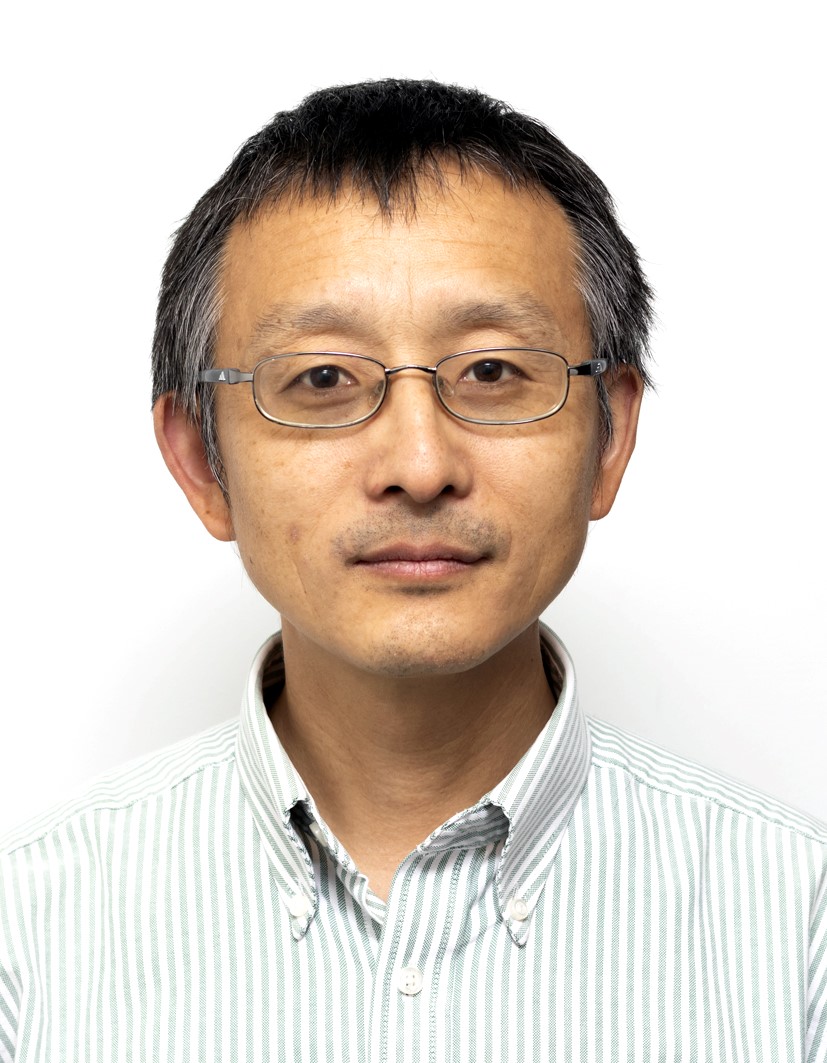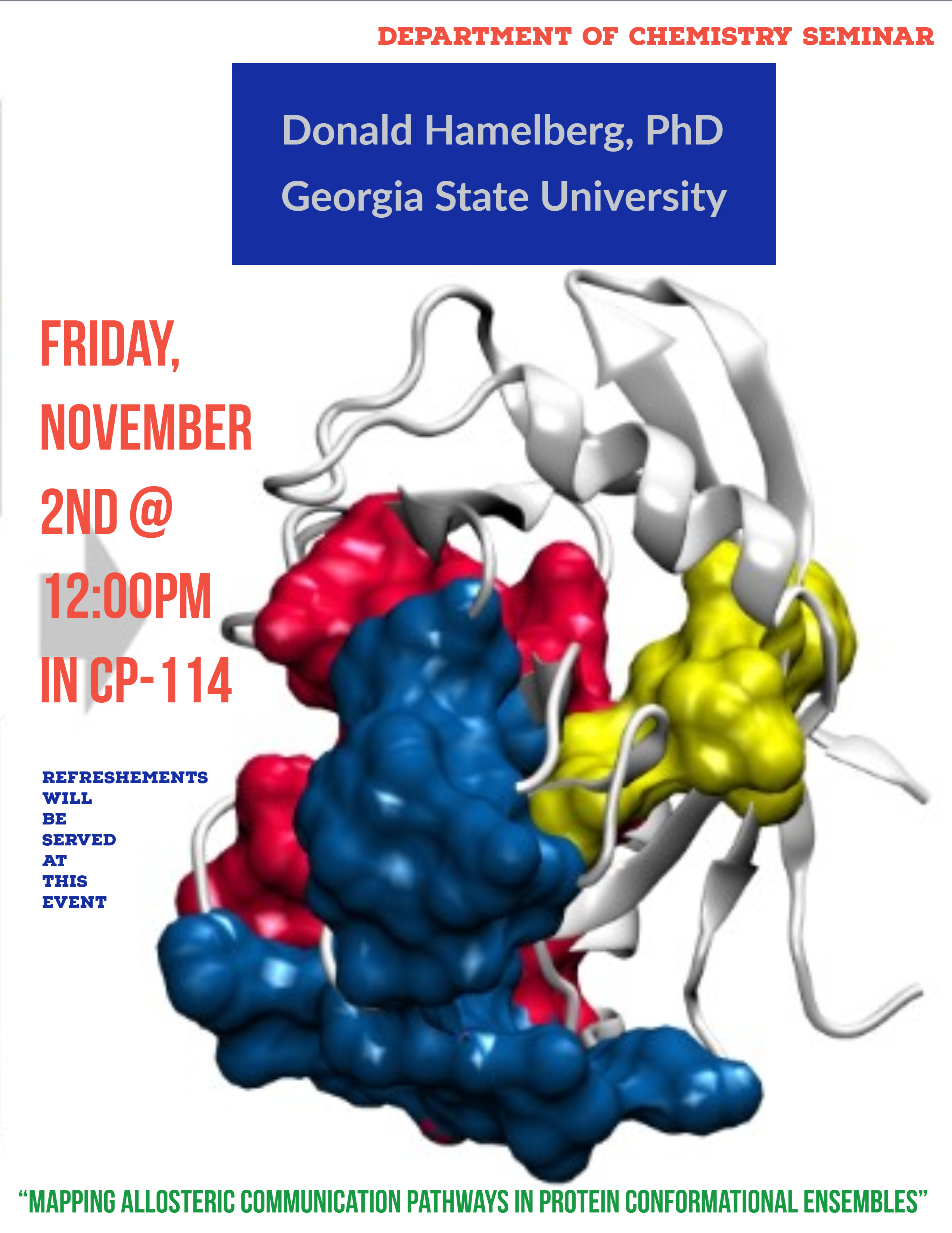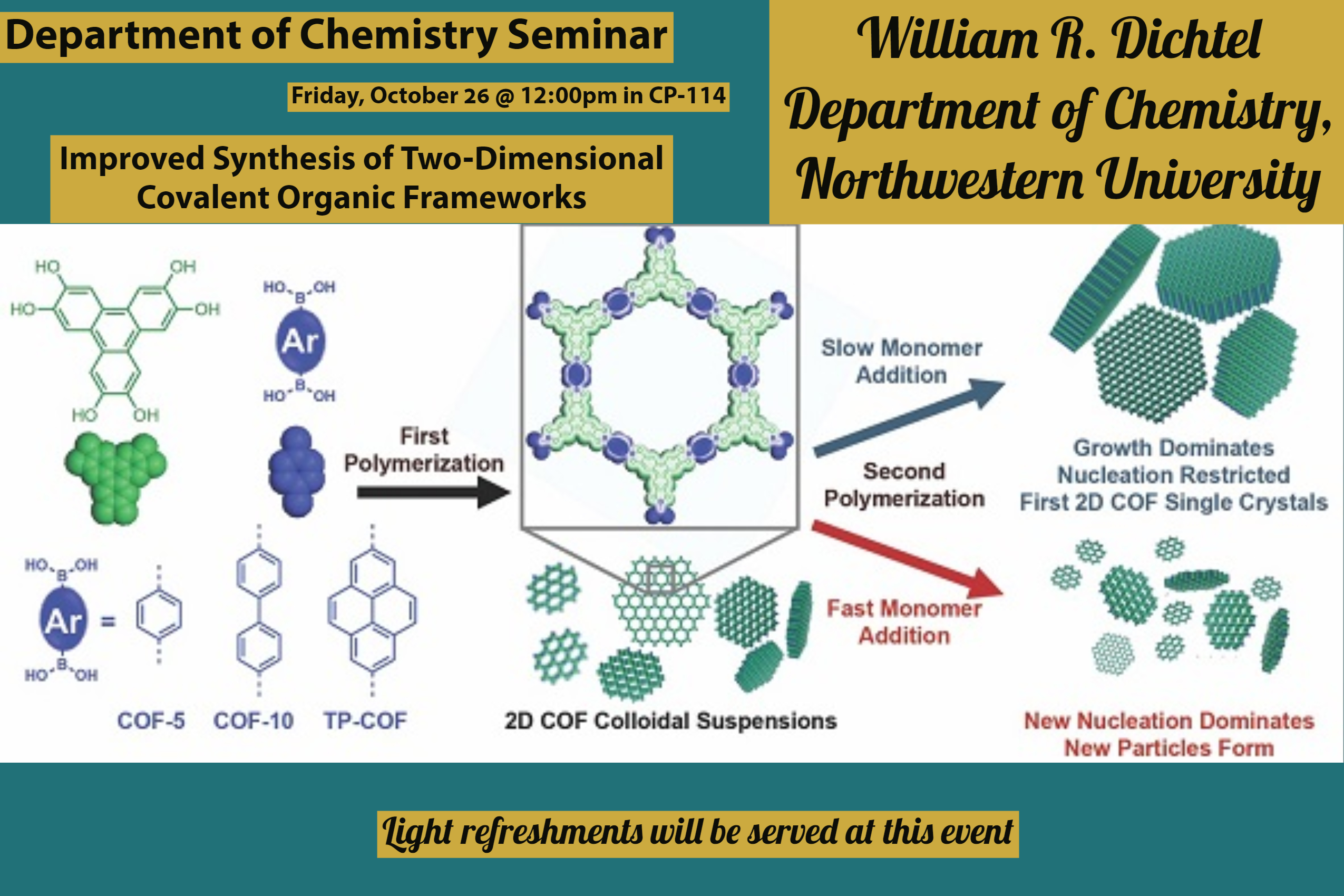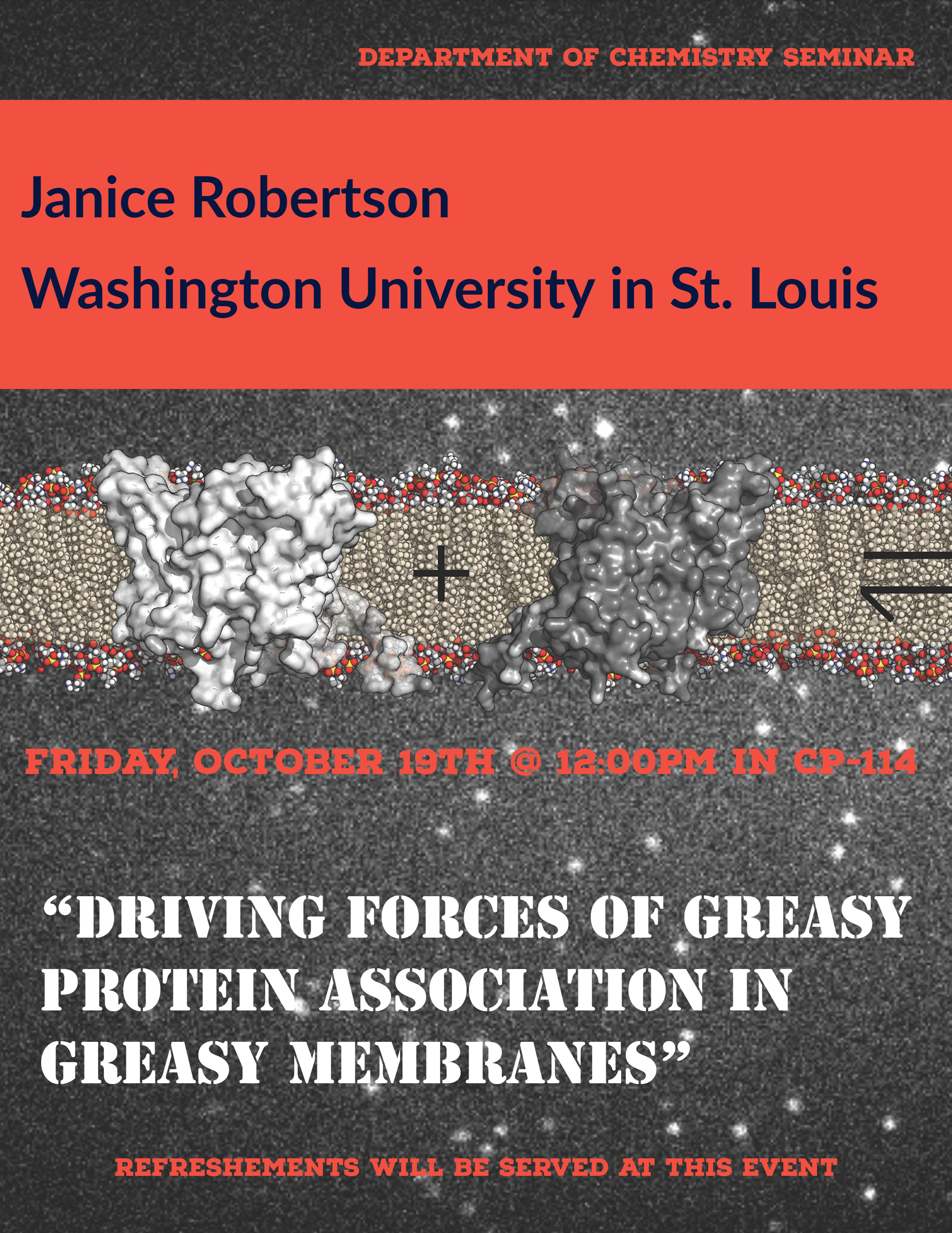Thinking Cells as Macromolecules: A Chemist's Pondering Upon Cell Biology

Abstract: Conventionally physical chemistry is a field that mainly investigates physicochemical phenomena at atomic and molecular levels. Noticing the analogy between molecular (especially macromolecular) dynamics and cellular dynamics, in the past few years my lab has focused on introducing and generalizin
g the techniques and concepts of physical chemistry into cell biology studies. In this talk I will first discuss a long-standing Nobel-Prize winning puzzle on olfaction. Each olfactory sensory neuron stochastically expresses one and only one type of olfactory receptors, but the molecular mechanism remained unanswered for decades. I will show how simple physics taught in introductory physical chemistry textbook explains this seemingly complex problem, and briefly mention our ongoing efforts of investigating chromosome dynamics with a CRISPR-dCas9-based live cell imaging platform.
In the second part of my talk, I will discuss our efforts on developing an emerging new field of single cell studies of the dynamics of cell phenotypic transition (CPT) processes, in parallel to single molecule studies in chemistry. Mammalian cells assume different phenotypes that can have drastically different morphology and gene expression patterns, and can change between distinct phenotypes when subject to specific stimulation and microenvironment. Some examples include stem cell differentiation, induced reprogramming (e.g., iPSC) and others. In many aspects a CPT process is analogous to a chemical reaction. Using the epithelial-to-mesenchymal transition as a model system, I will present an integrated experimental-computational platform, and introduce concepts from chemical rate theories such as transition state, transition path, and reactive/nonreactive trajectories to quantitatively study the dynamcis of CPT processes.
Research: https://www.csb.pitt.edu/Faculty/xing/

 Abstract:
Abstract:
